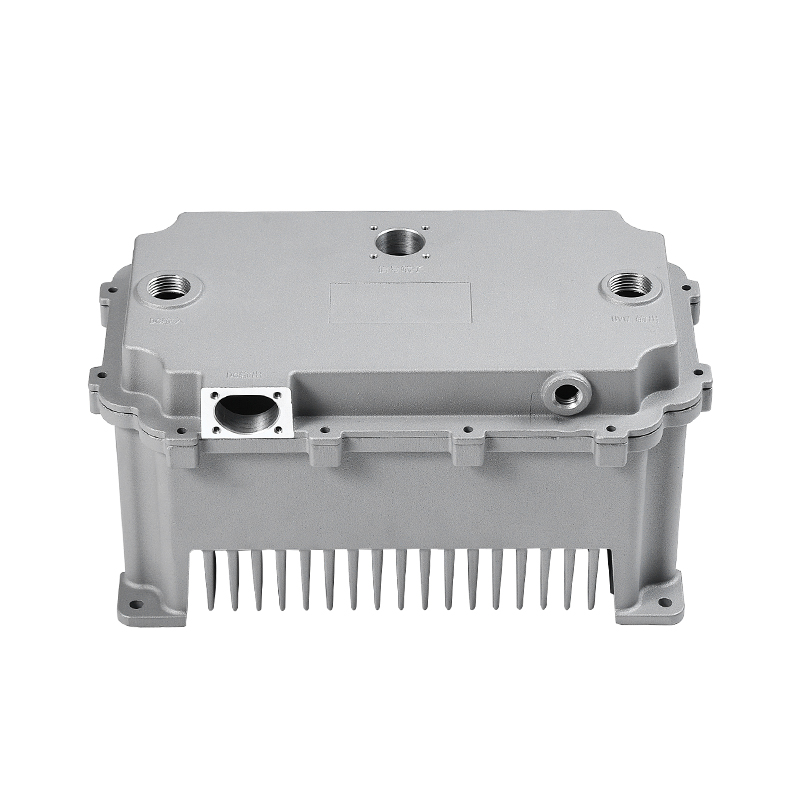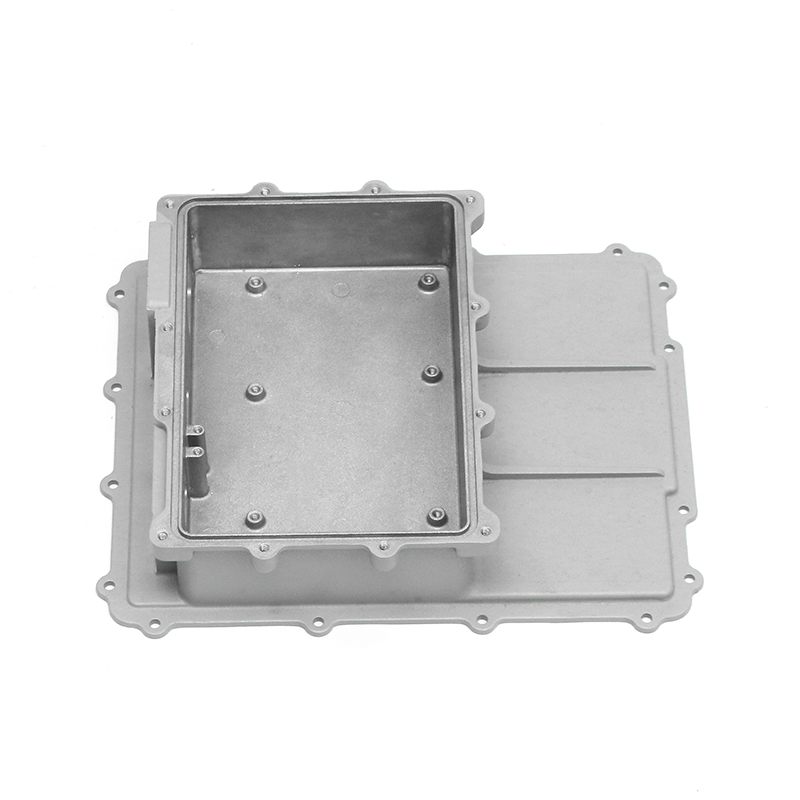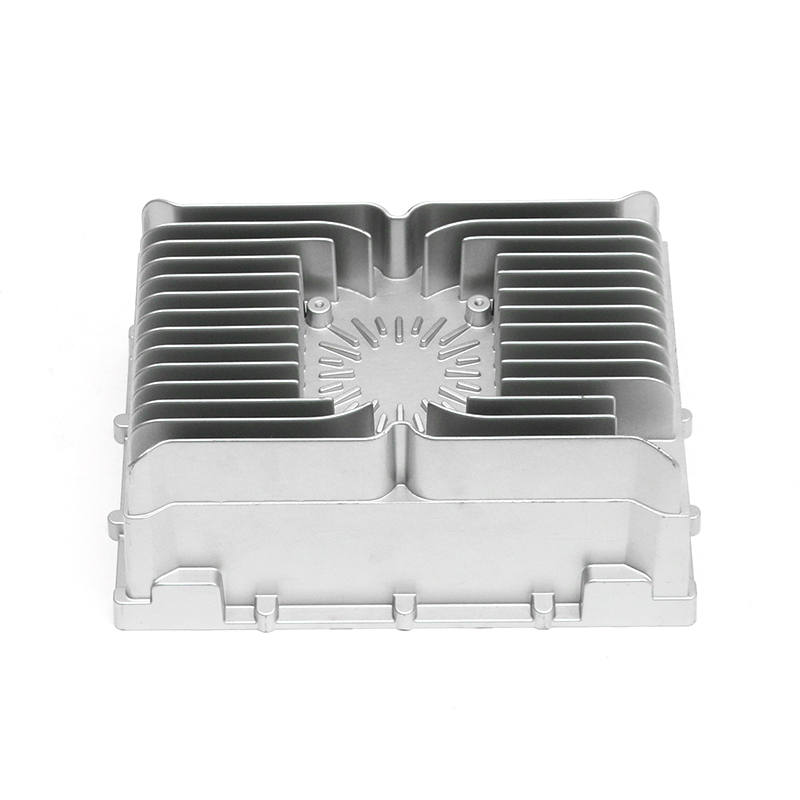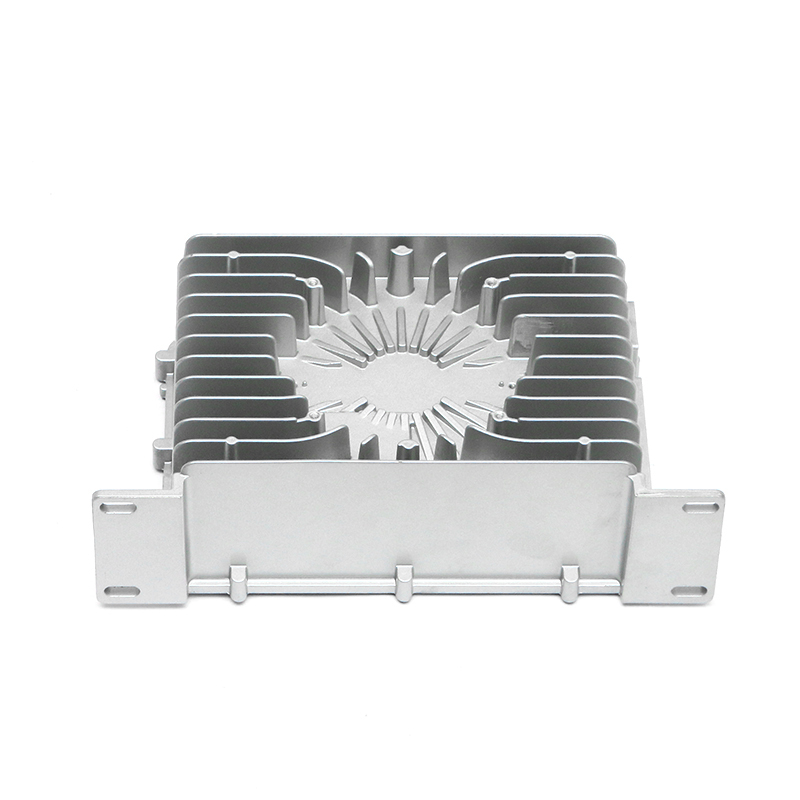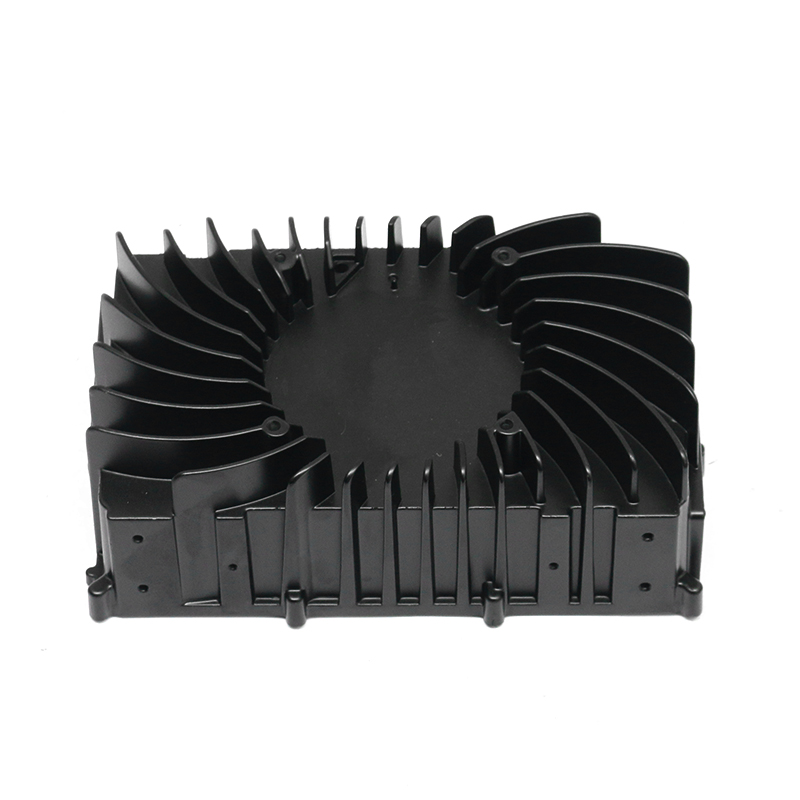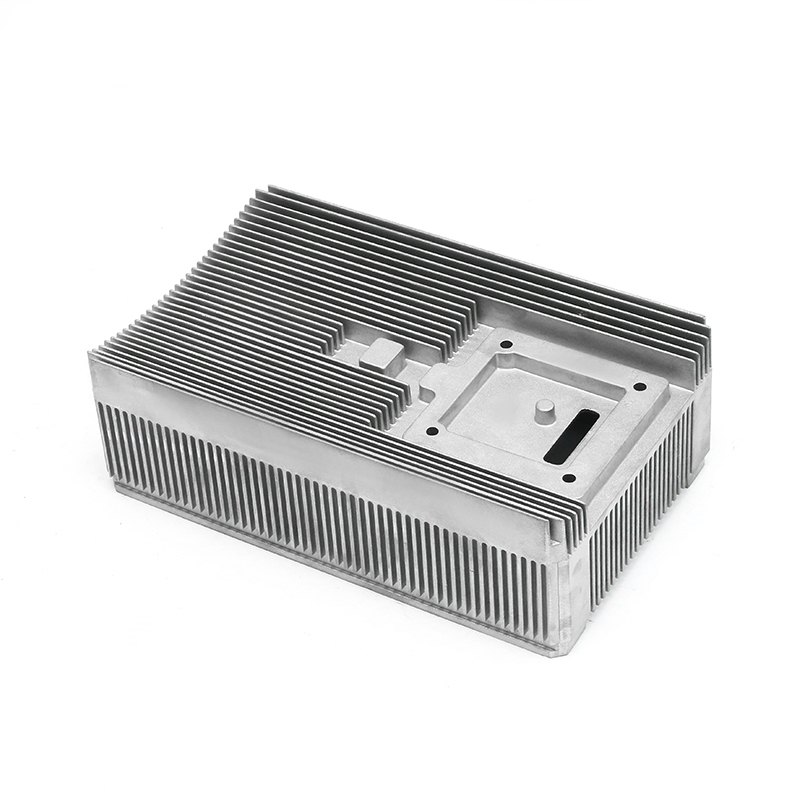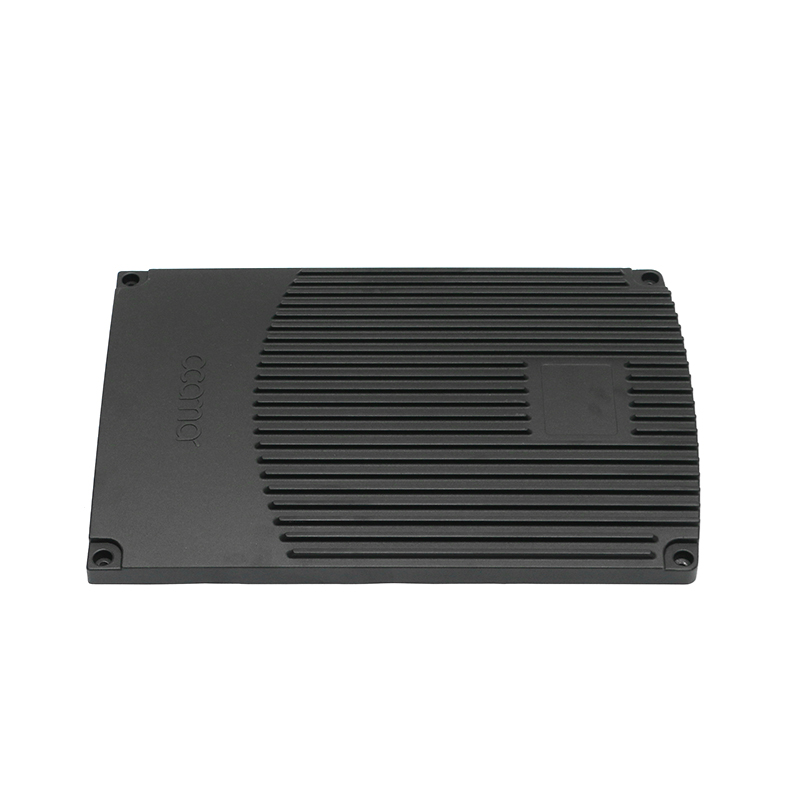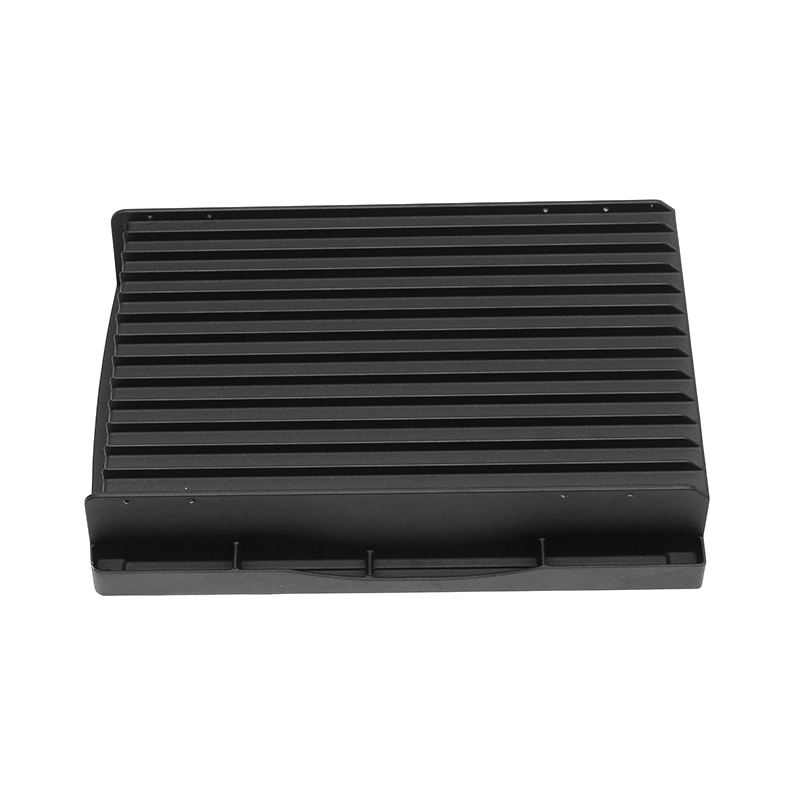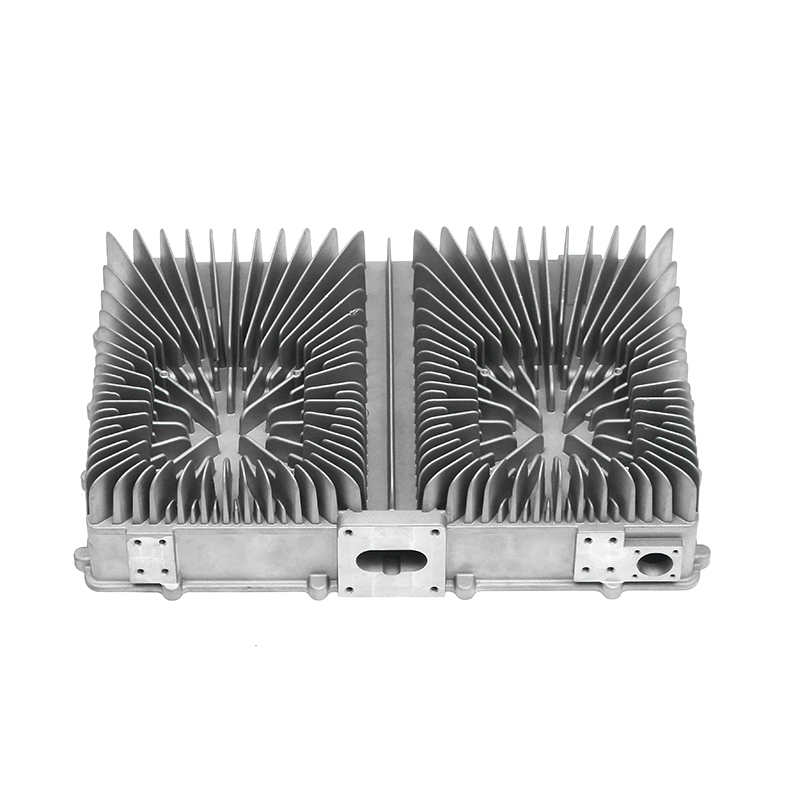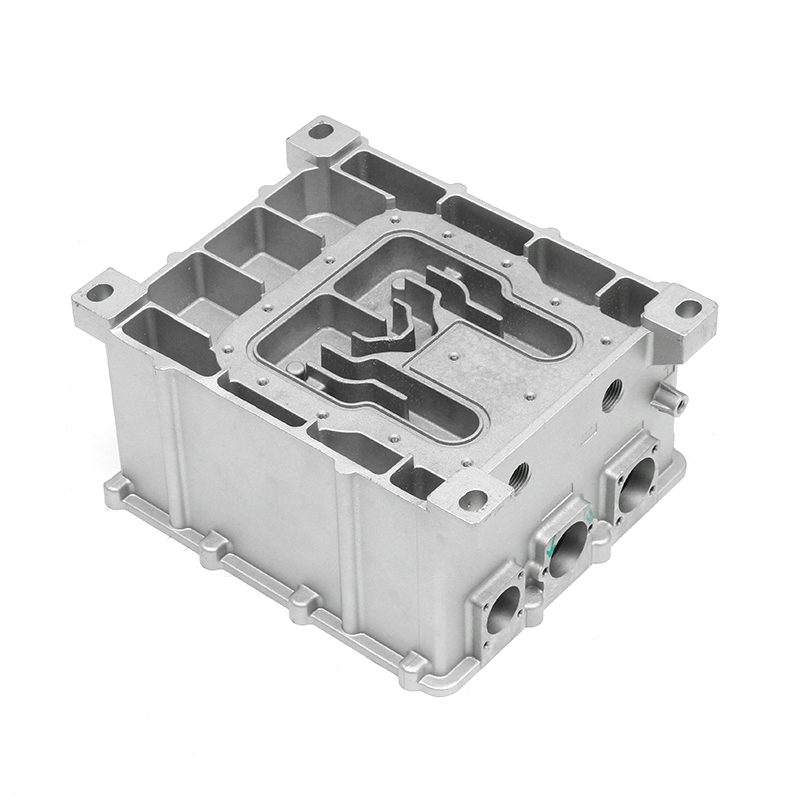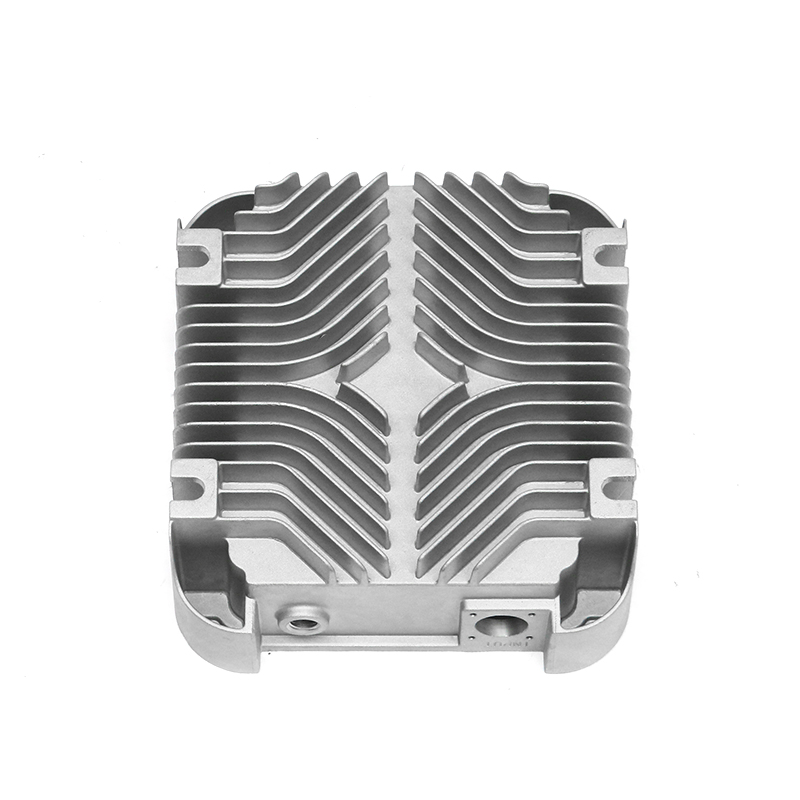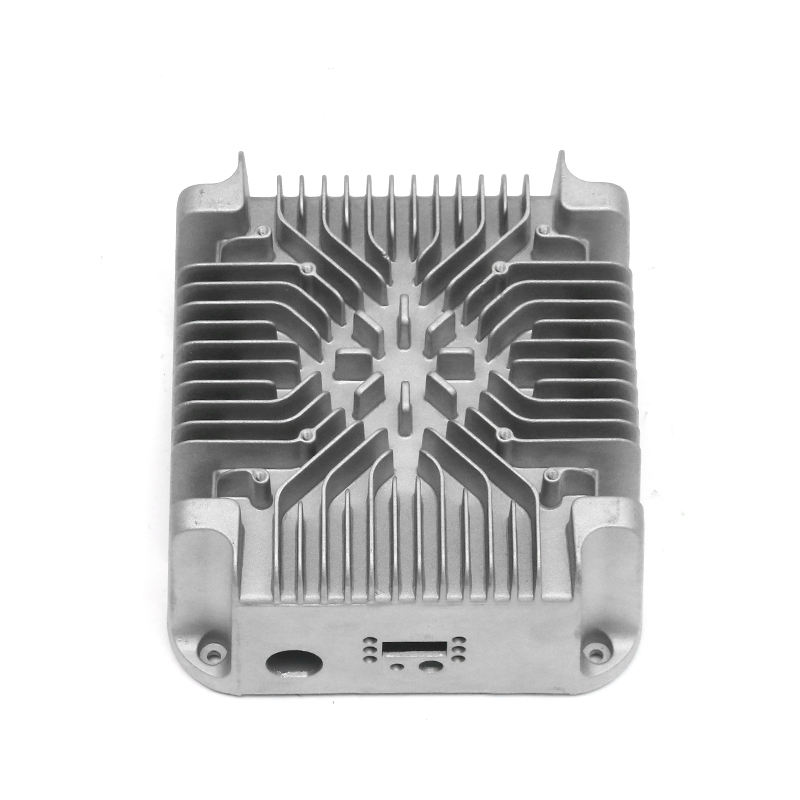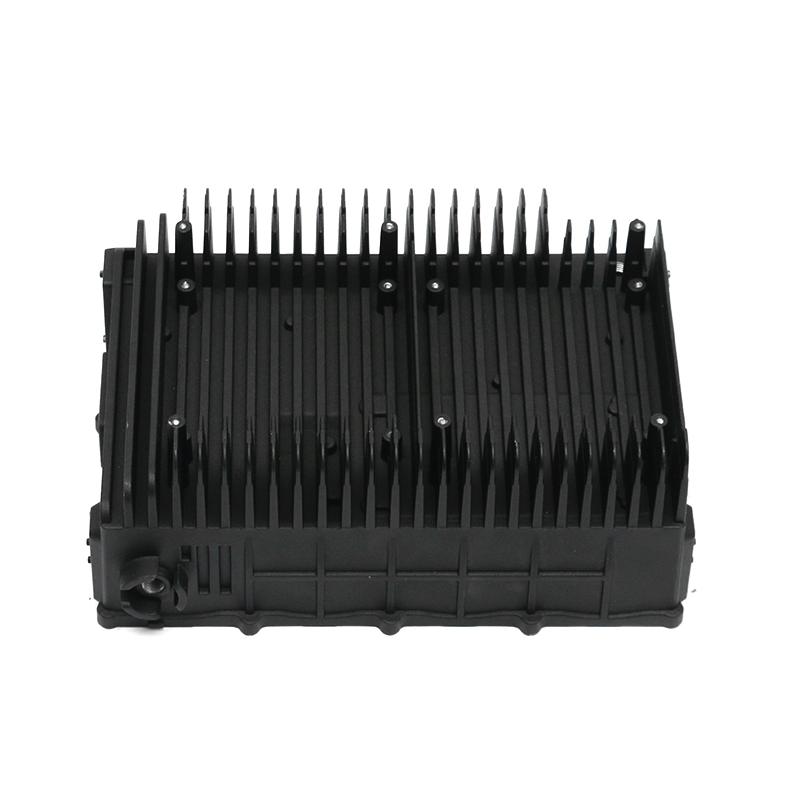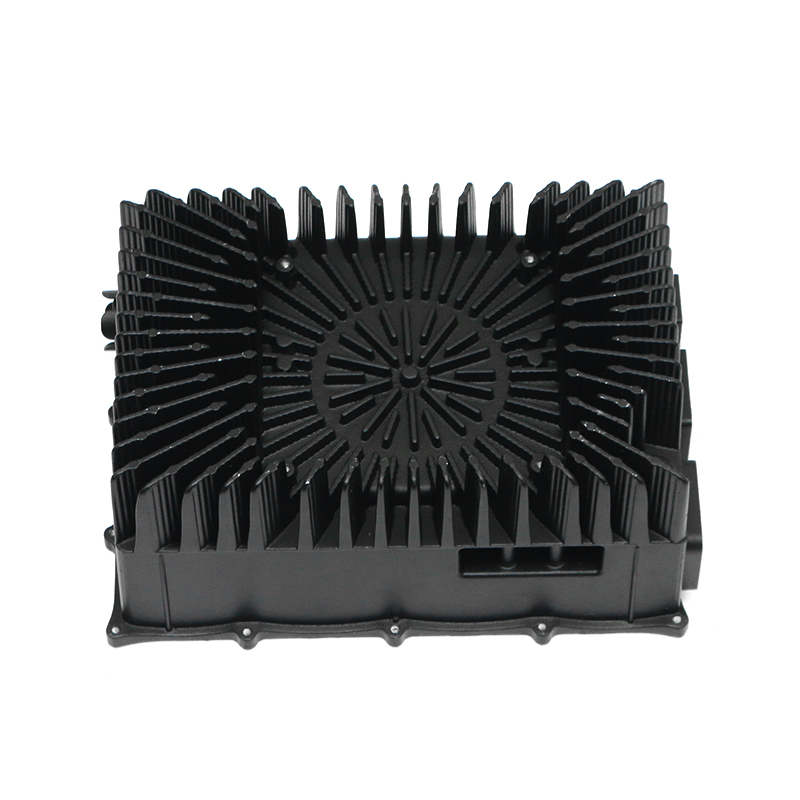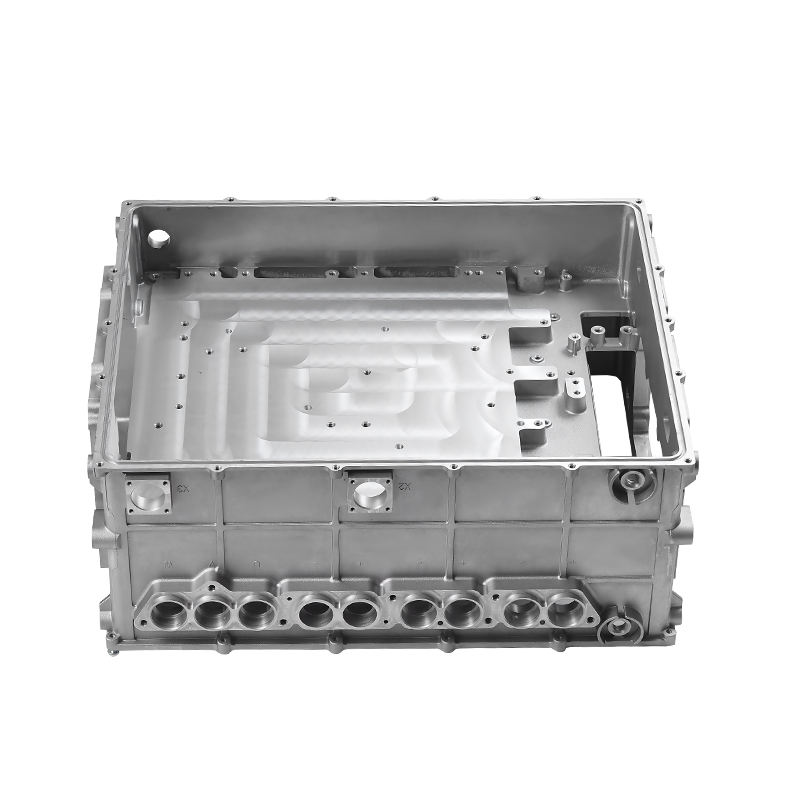As a key component of the engine, the engine block needs to have excellent strength, durability and sealing performance to withstand the huge pressure and challenges caused by high temperature, high pressure and frequent operation. With its unique advantages, the die-casting process effectively solves a series of manufacturing problems faced by traditional casting methods and is widely used in the automotive industry.
The die-casting process uses precise mold design and high-pressure metal injection to fully flow and enrich the metal material in the mold. This process not only ensures the flatness and precision of the engine block surface, but also achieves more uniform properties in material distribution. Compared with traditional casting methods, die casting can reduce the pores and inclusions in the material, thereby improving the compactness and structural strength of the metal. This uniformity can effectively reduce local stress concentration, significantly improve the overall strength and durability, enable the engine block to operate stably under high pressure, and reduce fatigue cracks and failures caused by pressure and temperature changes.
The one-shot forming capability of the die-casting process allows complex geometries and internal structures to be realized. Traditional casting methods often require multiple process steps to complete the manufacturing of complex parts, which not only increases production costs and time, but may also lead to errors and quality issues during assembly. The die-casting process enables complex structures to be realized within a single mold, reducing potential weaknesses at joints and the risk of leaks. Therefore, the engine block manufactured by die-casting has higher integration and integrity, which can effectively improve the overall assembly quality and reliability.
Through rapid cooling, metal grains can be refined and homogenized, increasing the material's hardness and strength. This not only increases the tensile resistance of the engine block, but also improves its wear resistance and heat conduction properties. This optimized grain structure not only improves the overall quality of the material, but also provides an important guarantee for the stability of the engine under long-term high-load operation.
